You invest in the appearance of your store, but what about the people who work in it? In these ultra-competitive, image-conscious times, the importance of having well-presented staff should not be underestimated.
For starters, a uniform is a great way of reinforcing the brand which, in partnership with your symbol group, or alone, you have spent precious time cultivating.
Just ask Spar Sturminster owner Mark Oliver. “Both inside the store and out, your staff will become walking billboards for your brand, which in my case is Spar. When they go out for lunch or to and from work, potential customers will be exposed to your company through the branding on their uniform.”
Michelle Hughes, new business manager at uniform supplier Kwintet, adds: “Staff are at the front line of your business and have a huge impact on customers’ impression of the overall company.”
And if, like convenience store retailer Jonathan James, your company is lucky enough to boast an outstanding heritage, staff uniforms can also function as an ideal tool for conveying key messages about your brand. Emblazoned across the back of the fleeces worn by staff at his Spar and Budgens stores in Cambridgeshire is the striking message ‘Local family values since 1860’.
“Uniforms can play an important role in communicating the brand being built by the retailer,” says Musgrave Retail Partners PR manager Felicity Callaghan. “In Budgens, many of our retailer partners will tailor their uniforms to their individual stores. Including the Budgens brand, alongside their own name, or that of the community they are in, helps to reinforce the independent ownership of the store.”
The donning of a smart and professional-looking uniform can also make a tangible difference to staff productivity and behaviour, believes Hughes.
“Presenting staff with a uniform that they like, which is comfortable and looks tidy, will inspire them to play a more valuable role within the team,” she says.
“Uniforms definitely have a positive impact on behaviour,” Spar retailer Mark Oliver adds. “When they are wearing a uniform they know that their behaviour may reflect well or poorly on their employer and are therefore more conscious of their actions.”
Customers also prefer a staff uniform. The ability to spot a member of staff quickly when in a hurry or a huff is definitely seen as a positive, and reinforces their belief that yours is a store that is professional, reliable and consistent. It also helps shoppers to avoid the embarrassing scenario of mistaking another customer for a member of staff.
The science part
American professor Dr Adam D Galinsky recently led a series of ground-breaking studies into the effects of clothing on people’s thought processes and actions, known in scientific circles as enclothed cognition.
“It has long been known that clothing affects how other people perceive us as well as how we think about ourselves,” Galinsky said on presenting the findings of his study.
As part of one test, 58 undergraduates were randomly assigned to wear a white lab coat or their normal street clothes. They were then given a test for selective attention based on their ability to notice incongruities, such as when the word “red” appeared in the colour green. Incredibly, those who wore the white lab coats made half as many errors as those who wore their normal clothes, proving that people who wear professional clothing are more likely to act in a professional manner.
Even the addition of a simple name badge can help, says John Bancroft, managing director of Badgemaster, designers and manufacturers of permanent and engraved staff badges.
Bancroft points to the publication of new research carried out by mystery shopping experts Shopper Anonymous, which found that when a range of retail businesses introduced staff name badges, customer satisfaction ratings rose by 12% overnight.
Possessing a uniform, and not having to wear their own clothes for work, also presents numerous benefits for the staff themselves. A uniform is great for promoting equality, meaning that there is no pressure on employees with money worries, or those devoid of fashion sense, to spend money, or worry about looking a certain way.
“We decided, with the help of Appleby Westward, to make all staff wear Spar uniform and name badges 18 months ago,” explains John Perrett, managing director of the Isle of Wight convenience store operator Hunnyhill Group. “We worried at first that staff wouldn’t want to wear it, but in fact the opposite was true. Apart from the obvious benefit of not having to buy work clothes, we found that staff felt the uniform made them truly belong.
“Every member of staff - be it sales assistants, store managers, maintenance staff and company directors - wear Spar uniform. This promotes a feeling of equality, and nobody can really object if the boss also wears a uniform.”
So what are the key considerations when introducing or updating a new staff uniform?
With practicality as important as appearance, the first thing to do, says Hughes, is to have a long, hard think about all the different jobs your staff perform in one day. Consider unloading deliveries, stocking up freezers, heating up hot food to go, cleaning floors and serving at the till. The uniforms need to be flexible enough to allow for comfortable movement, and with many staff working in both hot and cold temperatures throughout the day, they also need to be breathable and, at the same time, warm.
Hughes also advises retailers to get staff involved in the design process. “Their feedback is invaluable in helping you to produce a design that is practical, and people are much more likely to take pride in, and better care of, something they have been involved in creating.”
Durability is of the utmost importance. Clothing needs to be able to withstand the varied demands of the job, and frequent washing. Layering is also a good way of creating the multifunctional uniform required by most convenience store workers.
For staff who spend their time between the shop floor and the store room, a lightweight breathable top which can be covered with a fleece in cooler temperatures is a formula that works well.
It’s also a good idea to avoid pale pastel colours which will show up every stain.
Another tip, this time from Londis Derby retailer Dee Sedani, is to avoid shirts, unless your staff enjoy ironing. “I used to have shirts for staff, but changed these for polo shirts as they are much easier for staff to iron and look neat in. A badly creased or crumpled shirt looks unprofessional,” he says.
Prime designs
● Think about all the different jobs your staff perform in one day
● The uniforms need to be flexible to allow for comfortable movement, and cater for staff who work in both hot and cold temperatures throughout the day
● Get staff involved in the design process
● Durability is of the utmost importance. Clothing needs to be able to withstand the varied demands of the job, and frequent washing
● Layering is a good way of creating a multifunctional uniform
● Avoid pale pastel colours which will show up stains
● Trial your new uniform before issuing it to the entire workforce.
It’s also important to trial your new uniform. “One of the most important stages in creating a successful uniform is a wearer trial in order to make sure the garments are suitable, and the staff like and feel comfortable in them, before you issue them to the entire workforce,” Hughes adds.
Costcutter has just done exactly this, as retail marketing manager Jennifer Holmes explains. “We have recently launched a new range of uniforms for Kwiksave, Costcutter, myCostcutter and Rhythm & Booze.
“The design was crucial as they need to be hard wearing to cope with day-to-day retail life, while presenting a professional and friendly appearance to customers. We selected performance-wear fabrics and trialled the uniforms with several retailers to ensure they were practical, breathable and hard wearing.
“Having the right range is paramount, which is why we offer a wide variety of clothing for all of our brands, including polo shirts, body warmers and jackets,” she adds.
Clothing your staff in a smart new multifunctional uniform does come with a price tag, but there are ways to keep costs down. Dee, for example, supplies his staff with the top halves for free, but asks that staff wear their own black trousers and shoes. “When somebody leaves, I ask for the shirts and fleeces back, because if these have been kept in good condition they can be worn by new members of staff,” he says.
And if cost really is an issue, a smart branded apron worn over employees’ own clothes can work well, while also creating a market-style look that shoppers appreciate.
“The important point to remember is that a uniform does not equal boring,” Oliver concludes. “Times have changed from the high-waisted pleated front ladies’ pants that used to be the only style available and there are more designer styles that follow the latest fashion features and trends.”
So, if you’re hung up about how to inject a bit more professionalism, excitement, and unity in your store, and hopefully boost spend in the process, a new uniform could be just the ticket.
Source
Gaelle Walker




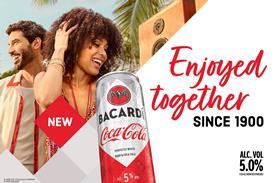

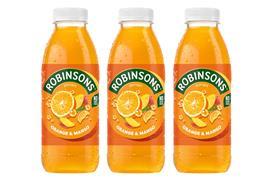
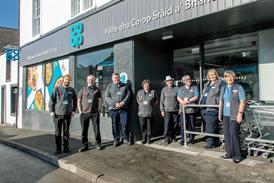
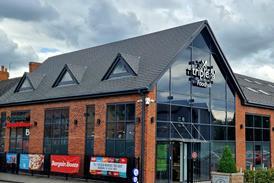
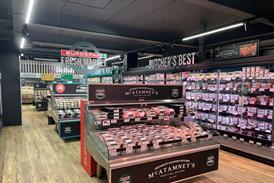

![WG-4003[58]](https://d2dyh47stel7w4.cloudfront.net/Pictures/274x183/4/5/1/353451_wg400358_6083.jpg)




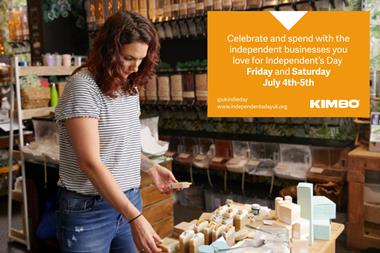



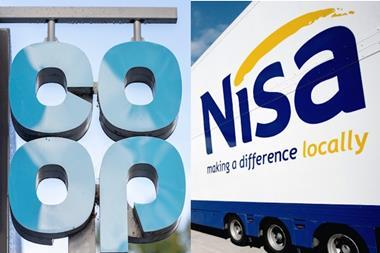

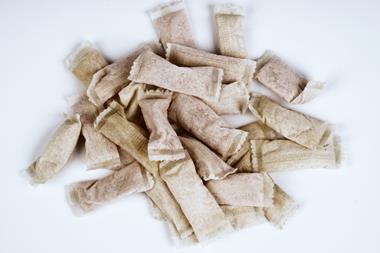





1 Readers' comment